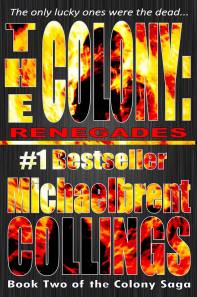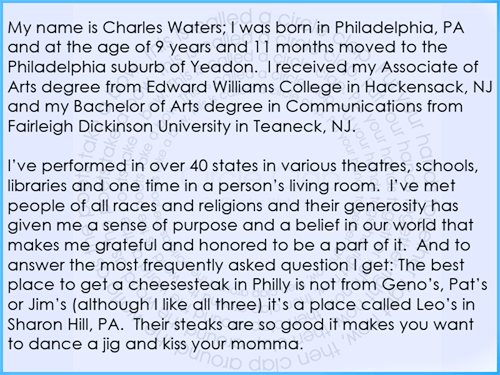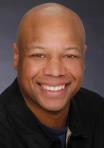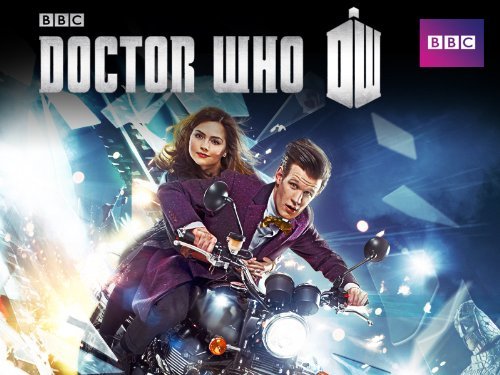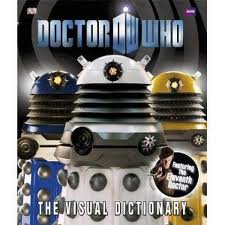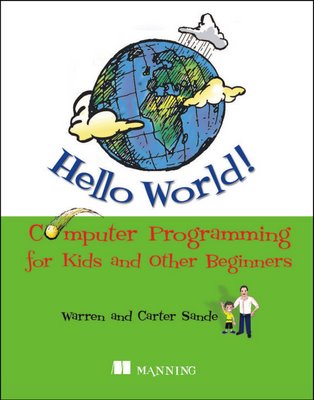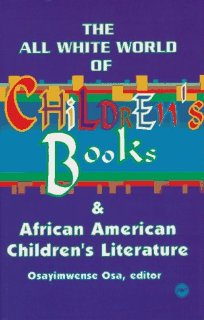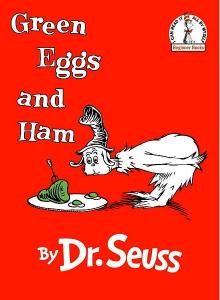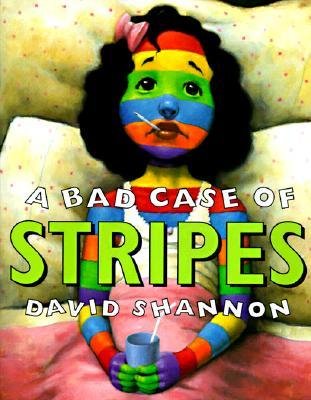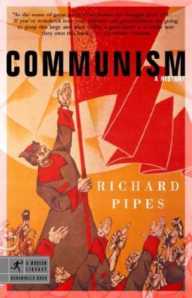“We know that children who experience poor health and
well-being are less likely to engage in education, employment and other
activities that support them to lead healthy and productive lives, and
to participate meaningfully in the community. – Naomi Priest
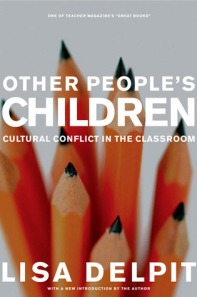
Most
adults and they can probably recount an instance of blatant or
subversive racism. Equipped with life experiences and coping mechanisms,
most adults are able to deal with racism in healthy ways that are not
destructive.
A new study
is suggesting that the youngest victims of racism may have a difficult
time understanding and processing someone disliking or even hating them
because of the color of their skin.
Racism, also sometimes called racialism, is generally defined as
actions, practices, or beliefs that consider the human species to be
divided into races with shared traits, abilities, or qualities, such as
personality, intellect, morality, or other cultural behavioral
characteristics, and especially the belief that races can be ranked as
inherently superior or inferior to others, or that members of different
races should be treated differently.
The exact definition of racism is controversial both because there is
little scholarly agreement about the meaning of the concept “race”, and
because there is also little agreement about what does and doesn’t
constitute discrimination. Critics argue that the term is applied
differentially, with a focus on such prejudices by whites, and defining
mere observations of racial differences as racism.
On the flip side, some sociologists have defined racism as a system of group privilege.
In Portraits of White Racism,
David Wellman has defined racism as “culturally sanctioned beliefs,
which, regardless of intentions involved, defend the advantages whites
have because of the subordinated position of racial minorities”.
Challenging the notion that racism consists simply of prejudice in the
minds of individuals, this book argues instead that racism is a set of
culturally acceptable beliefs that defend the advantages whites have
obtained in American society.
In the same vein, sociologists Noël A. Cazenave and Darlene Alvarez
Maddern wrote an article called “Defending the White Race: White Male
Faculty Opposition to a White Racism Course” in the journal
Race and Society.
In it, they define racism as “…a highly organized system of
‘race’-based group privilege that operates at every level of society and
is held together by a sophisticated ideology of color/’race’ supremacy.
Racist systems include, but cannot be reduced to, racial bigotry.
Sociologist and former American Sociological Association president Joe
Feagin argues that the United States can be characterized as a “total
racist society.”
Recent research shows that racism takes a toll on kids’ mental
health. Most of the racism experienced by children and teens involved
discrimination by other people, rather than institutional or systemic
racism, according to the findings.
The review also revealed an increased risk of poorer
birth outcomes among children whose mothers experienced racism during
pregnancy.
Most of the studies included in the review were conducted in the
United States with participants aged 12 to 18. Of the racial/ethnic
groups included in the studies, the three most common were blacks,
Hispanics and Asians.
“We know that children who experience poor health and well-being are
less likely to engage in education, employment and other activities that
support them to lead healthy and productive lives, and to participate
meaningfully in the community,” lead researcher Naomi Priest, of the
University of Melbourne in Australia, said.
“Traditional” American Culture: Benign and Wholesome or Inherently Racist? says:
Police harassment and brutality directed at black men,
women, and children are as old as American society, dating back to the
days of slavery and Jim Crow segregation. Such police actions across the
nation today reveal important aspects of . . . the commonplace
discriminatory practices of individual whites . . . [and] white
dominated institutions that allow or encourage such practices.
Racism in the form of discrimination infests society today. A case in
point is that blacks have traditionally suffered from higher rates of
unemployment than whites. In June 2009,
black unemployment
was 15.3 % compared to an 8.8% unemployment rate for whites. Do blacks
simply not take the initiative that whites do to find work? Studies
indicate that, in actuality,
discrimination likely contributes to the black-white unemployment gap.
In 2003, researchers at the
University of Chicago and
MIT
released a study involving 5,000 fake resumes that found that 10% of
those featuring “Caucasian-sounding” names were called back compared to
just 6.7% of those featuring “black-sounding” names. Moreover, resumes
featuring names such as Tamika and Aisha were called back just 5% and 2%
of the time. The skill-level of the faux black candidates made no
impact on callback rates.
Moving toward solutions
In a
Other People’s Children: Cultural Conflict in the Classroom,
a radical analysis of contemporary classrooms, MacArthur Award–winning
author Lisa Delpit develops ideas about ways teachers can be better
“cultural transmitters” in the classroom, where prejudice, stereotypes,
and cultural assumptions breed ineffective education. Delpit suggests
that many academic problems attributed to children of color are actually
the result of miscommunication, as primarily white teachers and “other
people’s children” struggle with the imbalance of power and the dynamics
plaguing our system.
Other People’s Children is a must-read for teachers, administrators,
and parents striving to improve the quality of America’s education
system. The book is is a paradigm-shifting, highly acclaimed exploration
of the cultural slippage between white teachers and students of color.
“This reminds us that parents need to be sure that their children are
getting valuable and self-affirming messages outside of the school
system, which sometimes hurts them more than helps them,” said Dr. Boyce
Watkins, author of
The 8 Principles of Black Male Empowerment.
“Our children sometimes find themselves so spiritually degraded that
they in turn become intellectually crippled for life. We cannot accept
this outcome.”
Dr. Watkins recommends that all parents teach their children outside
of school and also give them lessons that strengthen their self-esteem.
He says that parents should take their children online and have them
write short reports on Black historical figures and events, as well as
read biographies of successful African Americans.


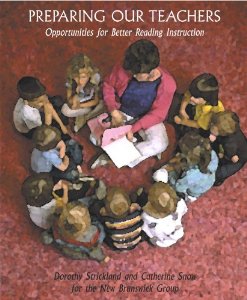
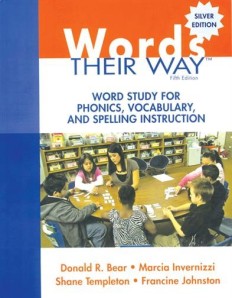
![Recommended Reading: Barron's ACT English, Reading, and Writing Workbook [Paperback] Linda Carnevale M.A. (Author)](http://youngpeoplespavilion.files.wordpress.com/2013/09/9781438002231_p0_v1_s260x420.jpg?w=570) Recommended Reading: Barron’s ACT English, Reading, and Writing Workbook [Paperback]Linda Carnevale M.A. (Author)
Recommended Reading: Barron’s ACT English, Reading, and Writing Workbook [Paperback]Linda Carnevale M.A. (Author)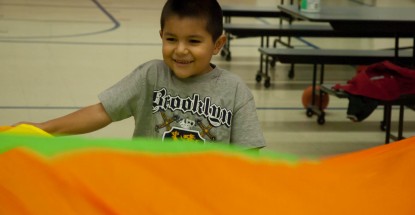
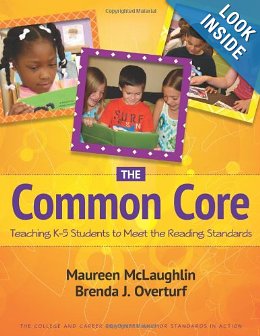 Research-based, classroom-tested, and peer-reviewed, IRA titles
are among the highest quality tools that help literacy professionals do
their jobs better.
Research-based, classroom-tested, and peer-reviewed, IRA titles
are among the highest quality tools that help literacy professionals do
their jobs better.
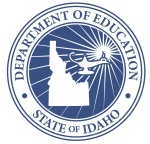
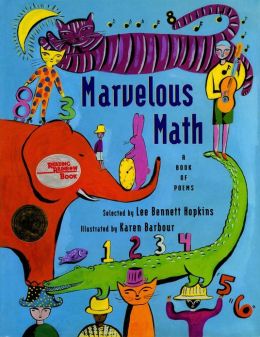

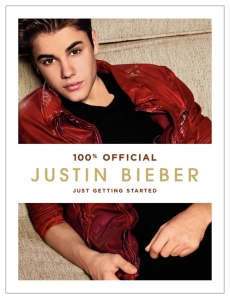
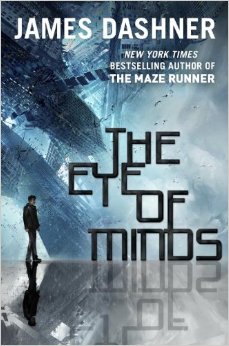
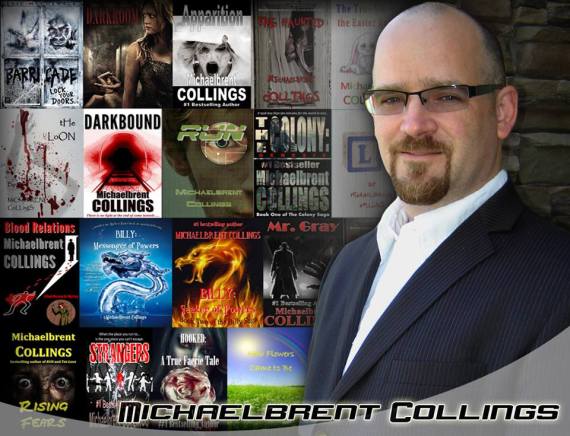 Michaelbrent Collings
Michaelbrent Collings